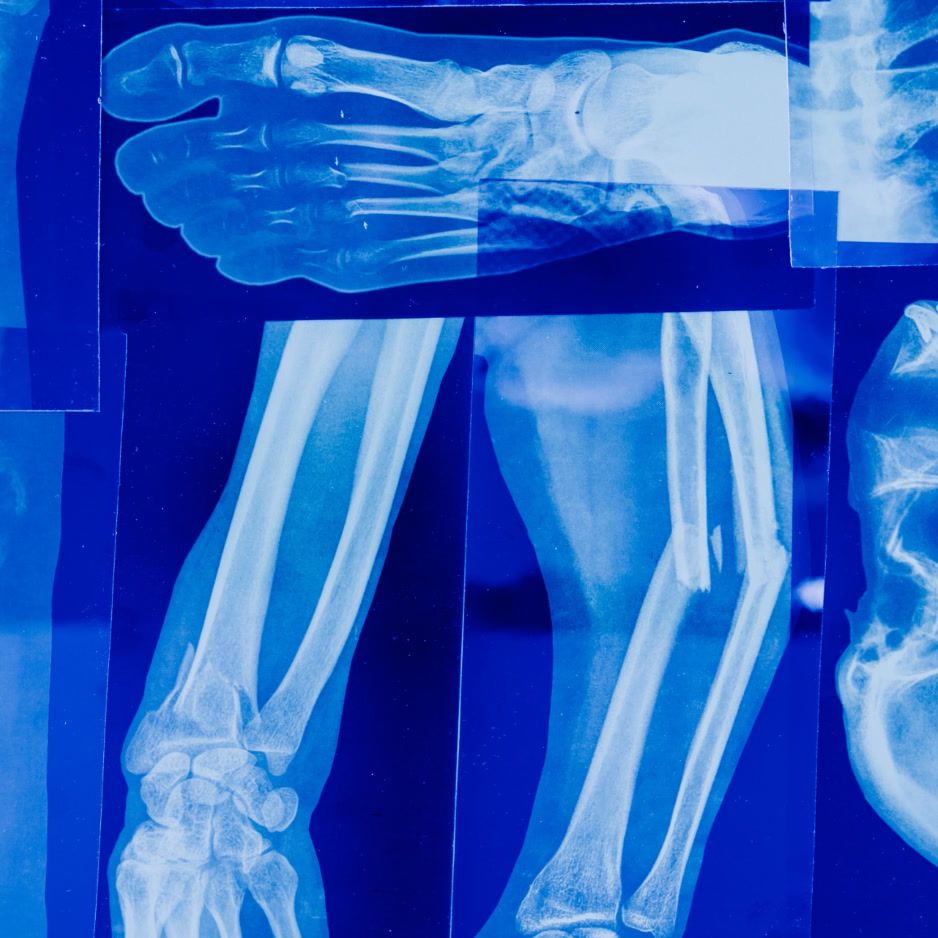72-Hour Fast Benefits: Science-Backed Guide

72-Hour Fast Benefits: A Friendly, Science-Backed Guide
Get a clear, practical look at 72-hour fast benefits: what to expect over three days, how to stay safe, and how to measure real changes in body composition.
Disclaimer: This article is for educational purposes only and is not medical advice. Extended fasts aren’t right for everyone. Always talk to your doctor—especially if you have a medical condition, take medications, are pregnant or breastfeeding, or have a history of disordered eating.
72-Hour Fast Benefits: Key Takeaways
- Fuel shift to fat and ketones. Your body transitions from glucose to fat/ketone use as fasting progresses—typically across 12–72 hours (NEJM, 2019).
- Autophagy may ramp up after 24–48 hours. Human timing varies and research is evolving (Cleveland Clinic, 2022).
- Muscle-sparing hormone changes. Growth hormone increases and may help preserve lean mass (Journal of Clinical Investigation, 1988).
- Insulin sensitivity shifts. Liver sensitivity can improve while muscles temporarily become less sensitive—short-term, reversible (AJP–Endocrinology & Metabolism, 2021).
- Performance trade-offs. Endurance may dip before strength during longer fasts (Nature Communications, 2024).
- Gentle refeed reduces risk. Ease back into food to support recovery and safety (BMJ, 2008).
Key metabolic and hormonal changes
1. The metabolic switch to fat and ketones
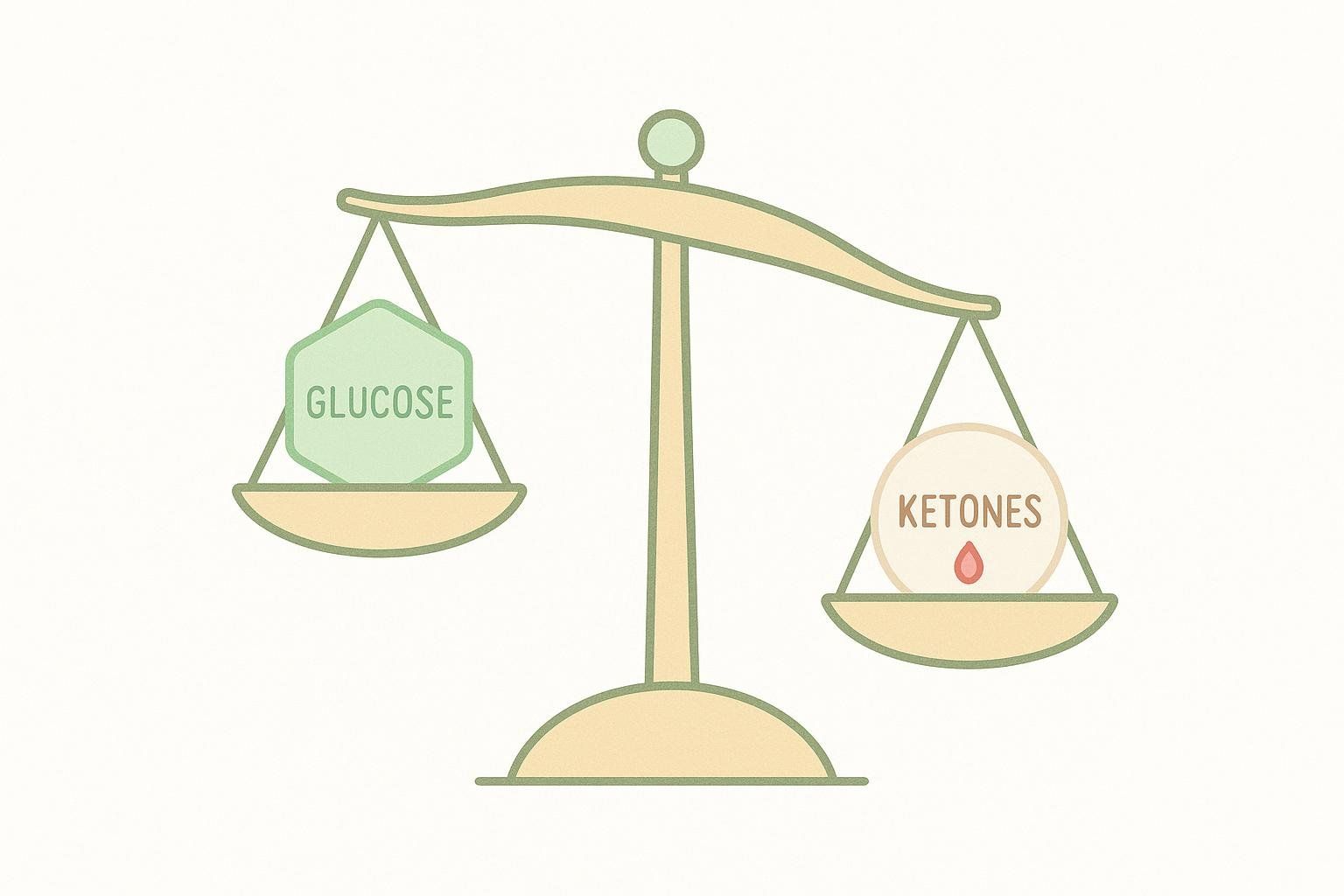
- After your last meal, liver glycogen starts to drop and your body gradually moves from running on glucose to burning fat and making ketones—typically progressing across 12–72 hours (NEJM, 2019).
- What you eat before you start can speed this up. Beginning a 24-hour fast with a low-carb, higher-fat meal led to measurable ketones by ~12 hours, while a high-carb start delayed ketosis past 24 hours on average (Nutrients, 2024).
2. Cellular “clean-up” (autophagy)

- Autophagy is your body’s internal recycling program—breaking down old cell parts so you can rebuild better ones. In humans, it likely ramps up after 24–48 hours, but timing varies and data are still emerging (Cleveland Clinic, 2022). It’s a helpful process—not a magic switch.
3. Hormones that help spare muscle
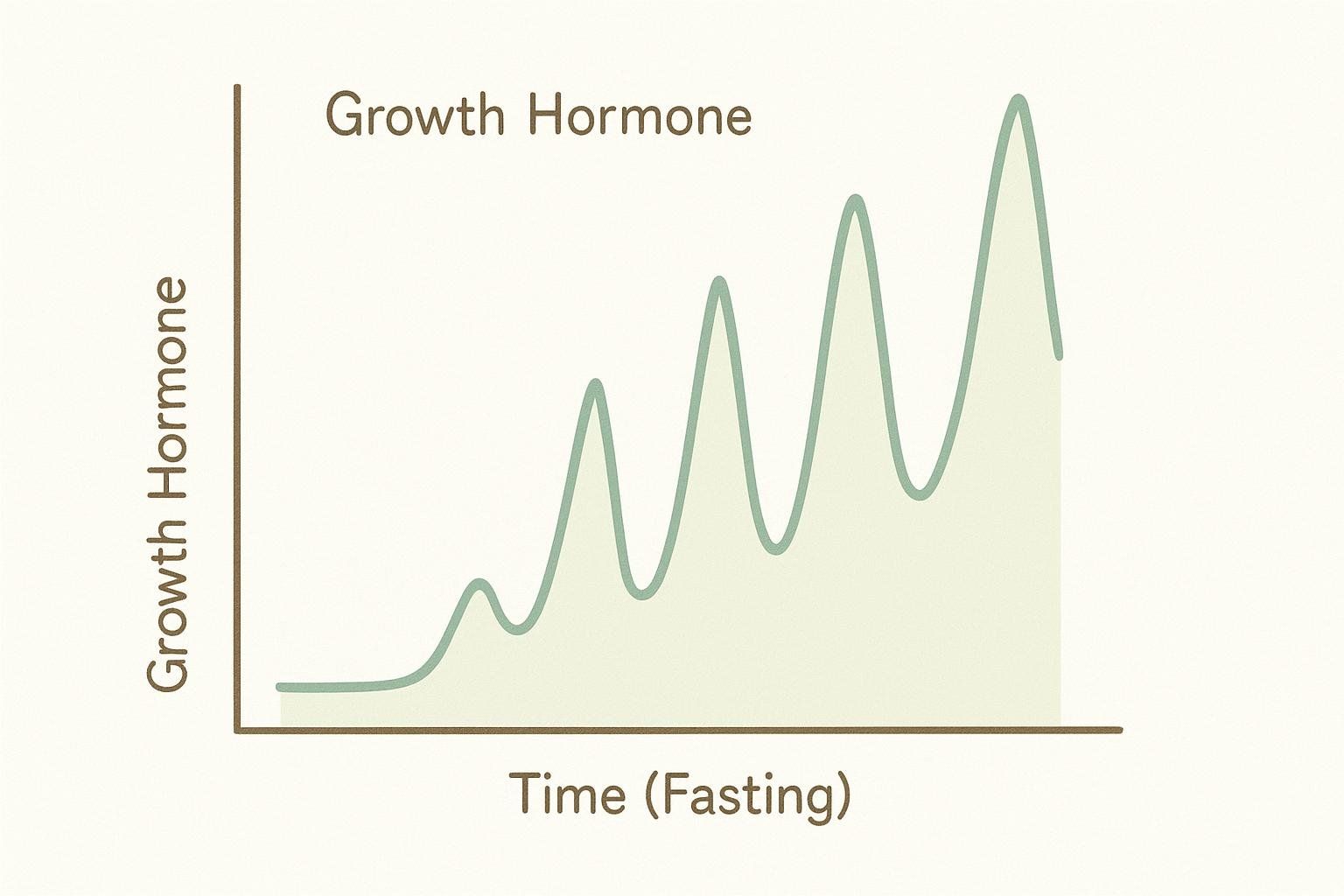
- During multi-day fasts, growth hormone pulses increase (more frequent and bigger spikes), which may help preserve lean tissue while fat provides most energy (Journal of Clinical Investigation, 1988). Pair fasting with resistance training on your non-fasting days or after you’ve refed properly for best long-term muscle retention.
4. Insulin and blood sugar: a nuanced picture
- In healthy adults, a 36-hour fast improved liver insulin action while whole-body insulin sensitivity dipped—an example of organ-specific, temporary shifts that make simple good-versus-bad labels unhelpful (AJP–Endocrinology & Metabolism, 2021).
5. Performance and body composition
- As fasting lengthens, the body relies more on fat for fuel. Evidence from a 7-day water-only fast shows reduced aerobic capacity with preserved strength. Shorter fasts like 72 hours likely move in the same direction (Nature Communications, 2024).
- Not everyone experiences the mental clarity boost often associated with fasting. In a small study of 15 healthy women using brain spectroscopy, a 72-hour fast altered brain metabolites and mood—responses vary by person (NeuroImage: Clinical, 2018).
A simple 72-hour timeline
- Hours 0–12: You use up circulating glucose and start dipping into liver glycogen; insulin falls and fat-burning begins to ramp up (NEJM, 2019).
- Hours 12–24: The metabolic switch speeds up; ketones rise—especially if your pre-fast meal was lower-carb (Nutrients, 2024).
- Hours 24–48: Deeper ketosis; as appetite-suppressing ketones rise, energy can stabilize and hunger may ease.
- Hours 48–72: Ketosis is usually well established; growth hormone is elevated, fat oxidation predominates. Start planning a gentle refeed (Journal of Clinical Investigation, 1988; BMJ, 2008).
How much weight will you actually lose in 72 hours?
Short answer: the early drop is mostly water and glycogen, not pure body fat. You may also see a temporary dip in “lean mass” from fluid shifts—this is not the same as losing muscle.
To see what truly changed, measure 1–2 weeks after your fast when fluids stabilize—giving your body’s fluid and glycogen levels time to normalize.
Early fasting is known to deplete glycogen (NEJM, 2019). Longer fasts demonstrate substantial glycogen and fluid shifts (for example, muscle glycogen roughly halved after 7 days) (Nature Communications, 2024). For an accessible, plain-language explainer of benefits and risks, see Healthline’s guide to navigating a water fast safely.
- Get objective data with a DEXA body composition scan—it shows fat mass, lean mass, bone density, and visceral fat. Scheduling a scan 1–2 weeks after refeeding helps you separate real changes from water weight by allowing fluids and glycogen to rebalance. Useful resources:
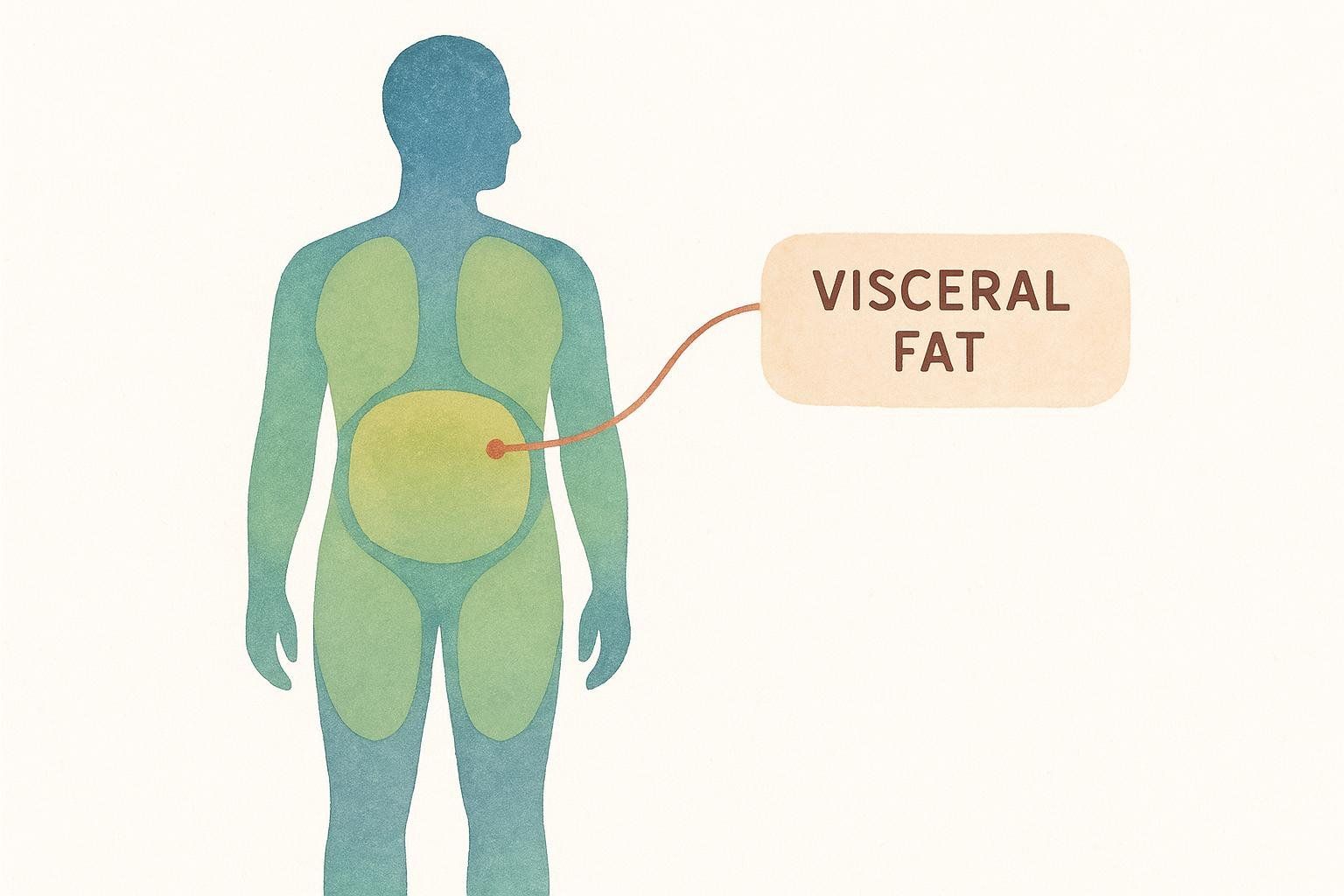
Smart prep and safety guardrails
-
Who should not do a 72-hour fast (without medical supervision):
- Pregnant or breastfeeding individuals
- People under 18
- Anyone with a history of eating disorders
- People with type 1 diabetes
- Those with advanced kidney or heart disease
- Those on glucose-lowering medications
- Anyone with recent unintentional weight loss or BMI < 18.5
-
Break the fast thoughtfully. In malnourished or high-risk individuals, refeeding too fast can cause dangerous electrolyte shifts; even if you’re not high-risk, go slow (BMJ, 2008).
-
Refeed basics (24–48 hours):
- Start with small portions of gentle foods (e.g., broth, soft-cooked vegetables, eggs)
- Avoid a huge, carb-heavy first meal
- Increase portions gradually while paying attention to how you feel (BMJ, 2008)
-
Don’t push beyond 72 hours without medical supervision. Risks climb with longer water-only fasts, including electrolyte shifts and hypotension.
Day-by-day playbook
Pre-fast (Day 0)

- Dial in your pre-fast meal with high protein, non-starchy veggies, healthy fats, and modest carbs—this can speed up the switch to ketones on Day 1 (Nutrients, 2024).
- Set a sleep target (7–9 hours), clear your calendar of intense workouts, and stock refeed foods before you start.
Day 1 (0–24h)
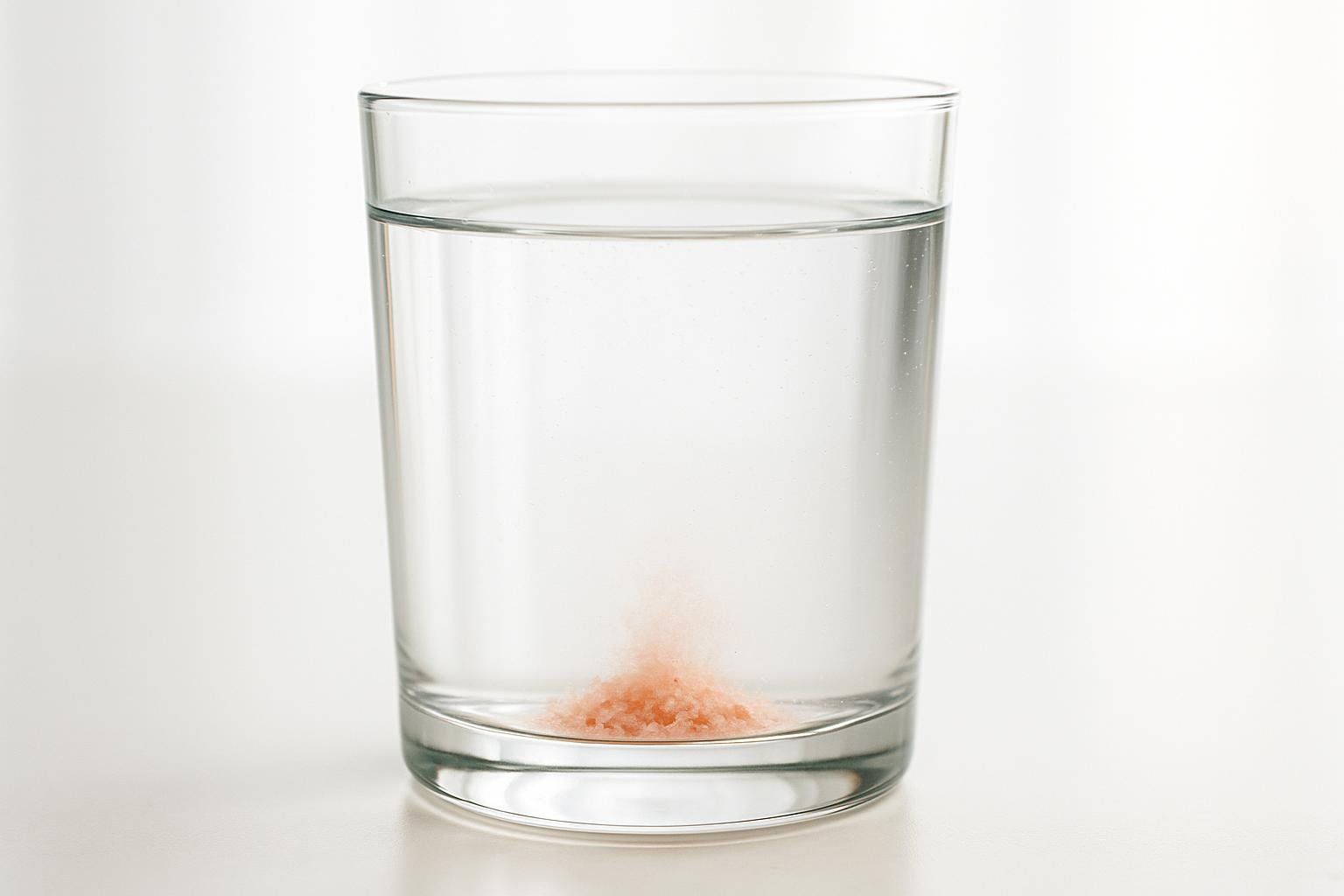
- Hydrate well (aim ~2–3 liters total) and consider electrolytes. Multi-day fast guidelines commonly emphasize sodium, potassium, and magnesium. Check with a healthcare professional for personalized targets.
- Use mental cues, like calendar reminders to sip water or taking short walks when hunger peaks. Keep activity light.
- Plan your first two refeed meals.
Day 2 (24–48h)
- Keep activity light (e.g., walking, gentle stretching). If headaches or fatigue appear, increase fluids/electrolytes and prioritize an early bedtime.
- Consider short, relaxing routines (breath work, light yoga) to support sleep.
Day 3 (48–72h)

- Break the fast gently with small portions such as bone broth; then try soft-cooked vegetables with olive oil, eggs, or a small portion of yogurt/berries.
- Wait 60–90 minutes, reassess, and add another modest meal. Avoid high-sugar, high-fat, or ultra-processed foods on the first day back.
Track what matters (and protect your muscle)
- Body composition, not just weight. Scales swing with water and glycogen. Use DEXA for a clear picture of fat, lean, and visceral fat 1–2 weeks after your fast: DEXA scan guide. For context on metabolic risk, see our Insulin resistance guide.
- Ketone levels. If you track ketones, log numbers with notes on energy, mood, sleep, and workouts. Our guide to ketone levels for weight loss provides a practical primer.
- Consider a gentler on-ramp. A common strategy is to build experience with shorter fasts (like 16:8) before attempting 72 hours: 16:8 results after one month.
- Strength training outside the fast. Over the long run, lifting plus protein is your best defense against muscle loss.
FAQ
Is a 72-hour fast better than 24–48 hours?
- It depends on your goals and health status. Longer fasts deepen ketosis and may increase autophagy, but they add safety considerations and short-term changes in insulin sensitivity that aren’t one-directional (Cleveland Clinic, 2022; AJP–Endocrinology & Metabolism, 2021).
Will I lose muscle?
- During a fast, the body increases growth hormone, helping preserve muscle. While specific 72-hour trials are limited, recent research on longer water-only fasts shows that strength can remain well-preserved as the body shifts to fat for fuel (Journal of Clinical Investigation, 1988; Nature Communications, 2024).
How should I exercise during a 72-hour fast?
- Favor low-intensity movement and mobility. High-intensity intervals or long cardio sessions may feel tougher as carb burning drops with continued fasting. Week-long fasting studies show endurance declines while strength is well-preserved (Nature Communications, 2024). For training ideas outside the fast, read our fasted cardio guide.
How often can I do a 72-hour fast?
- There’s no one-size-fits-all schedule backed by strong human data. A helpful approach is to practice shorter fasts (e.g., 16:8 or 24–36 hours) and use 72-hour fasts sparingly. Major academic sources like Johns Hopkins Medicine advise caution with longer fasts without medical supervision.
What breaks a fast?
- Any calories break a strict water fast. Zero-calorie drinks like water, black coffee, and plain tea are typically allowed during fasting windows in research and clinical overviews (Johns Hopkins Medicine).
